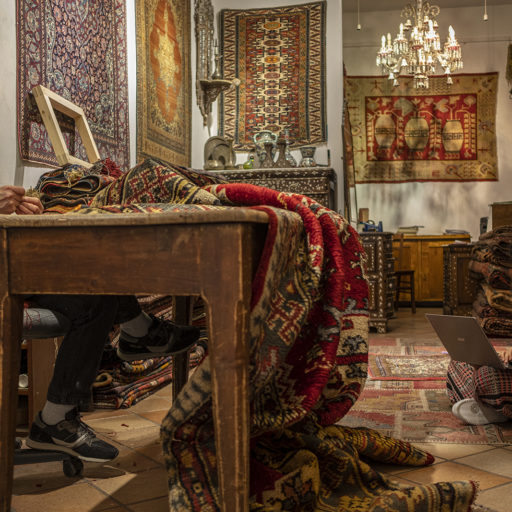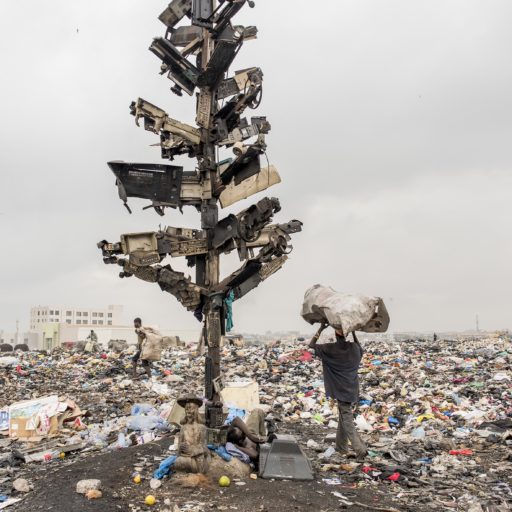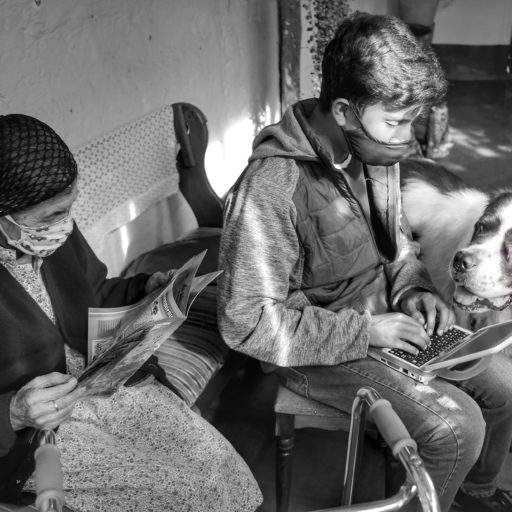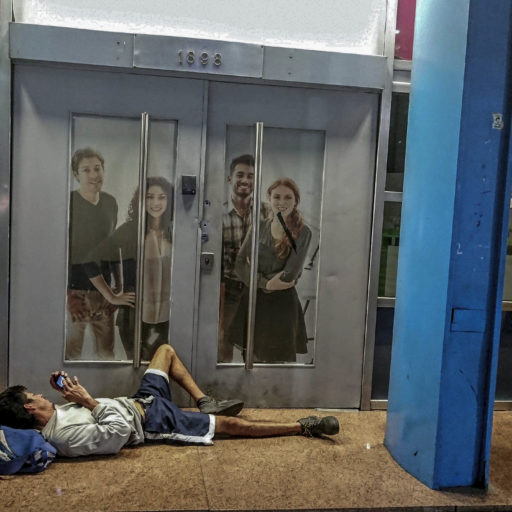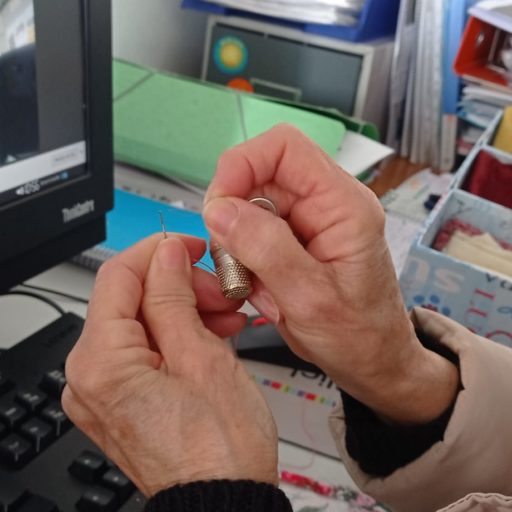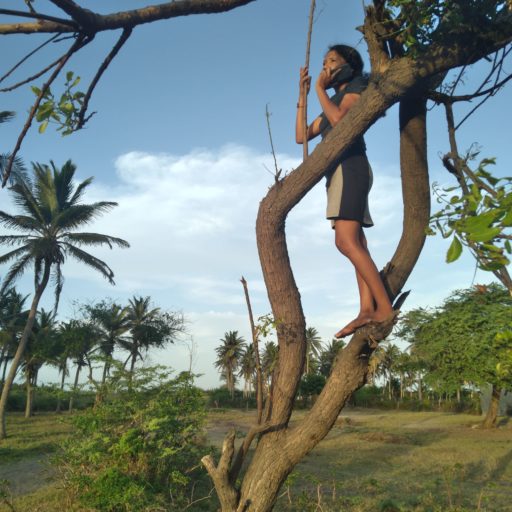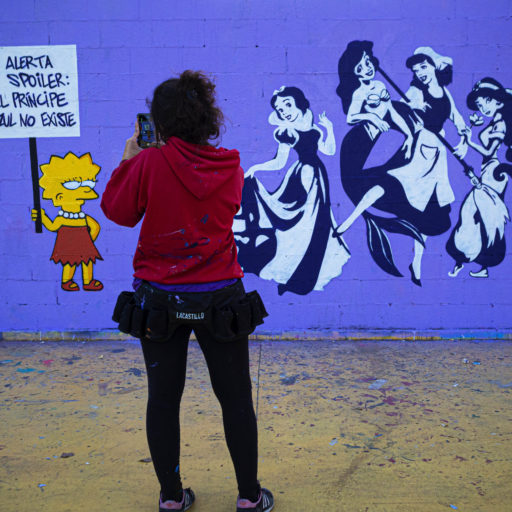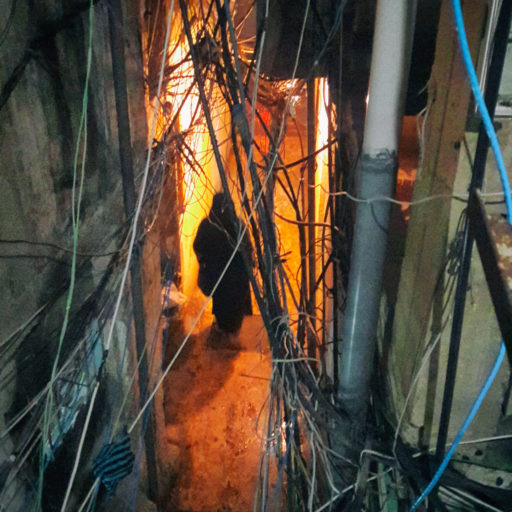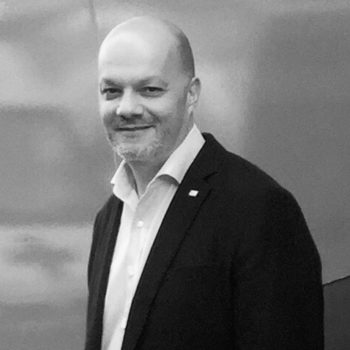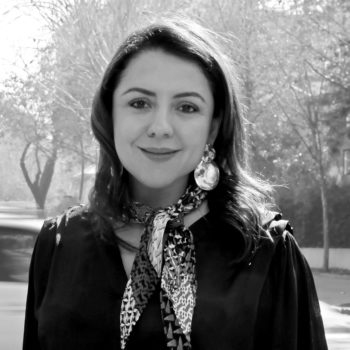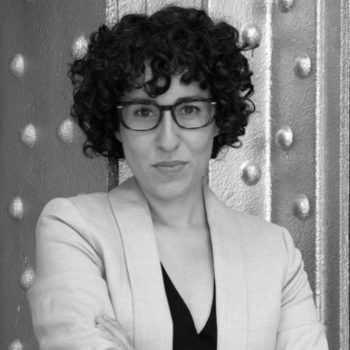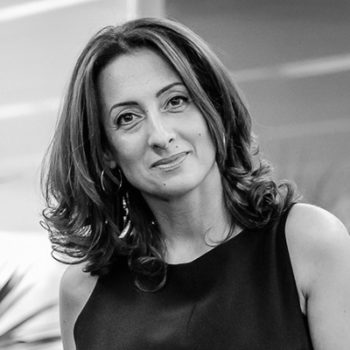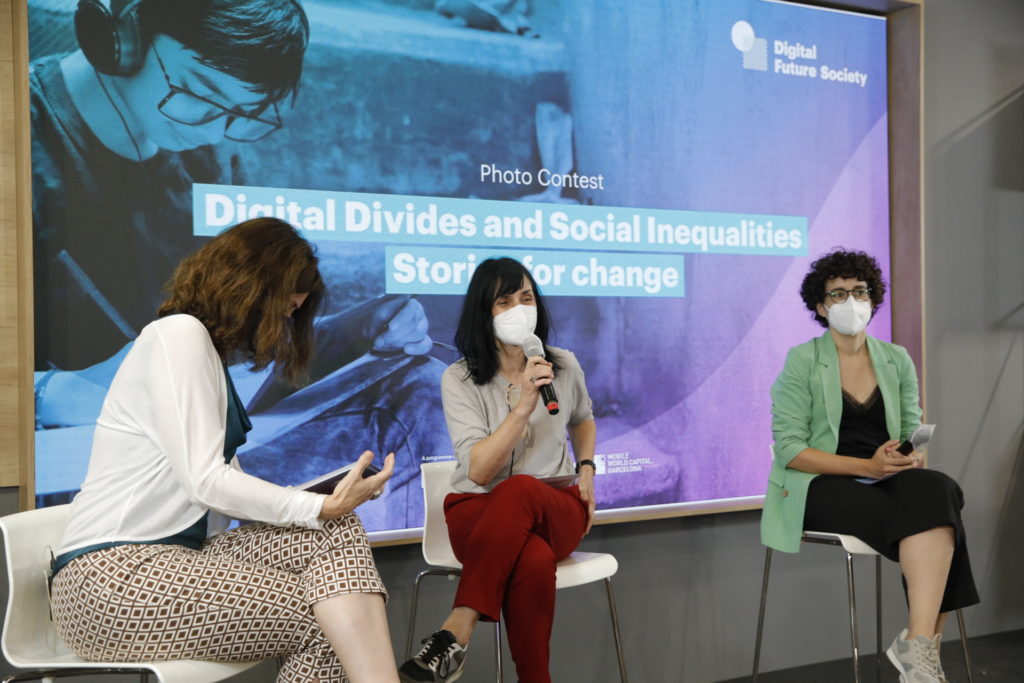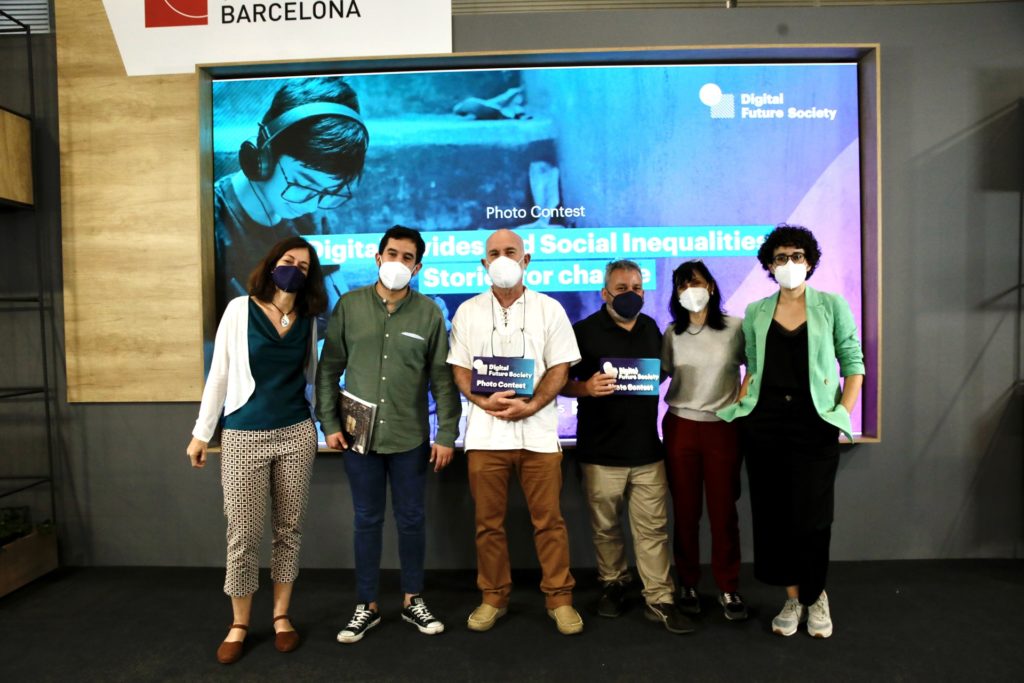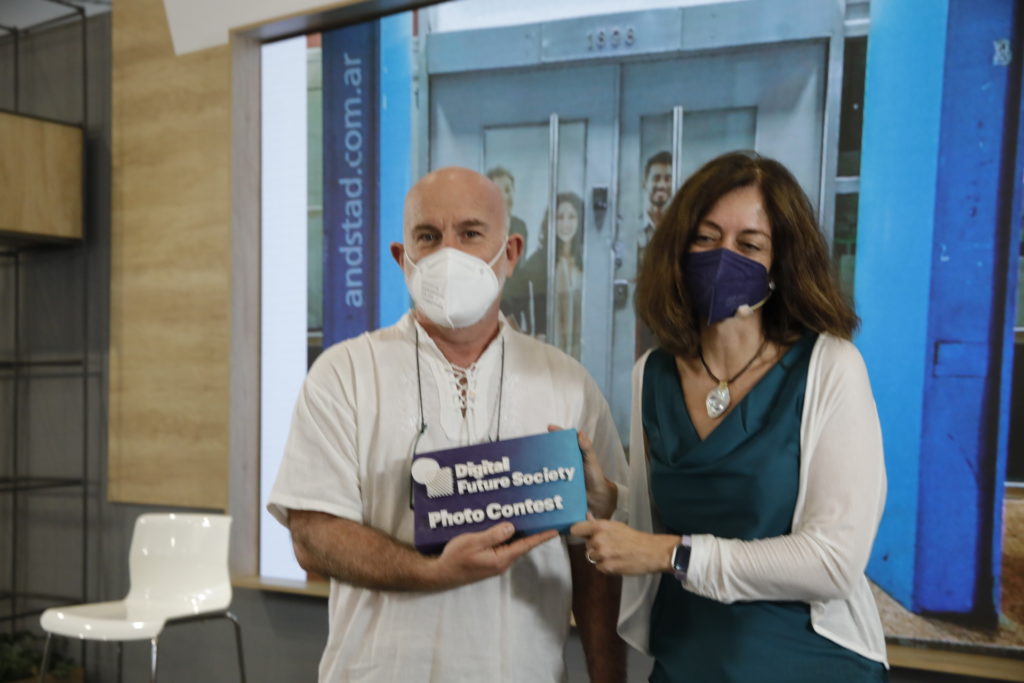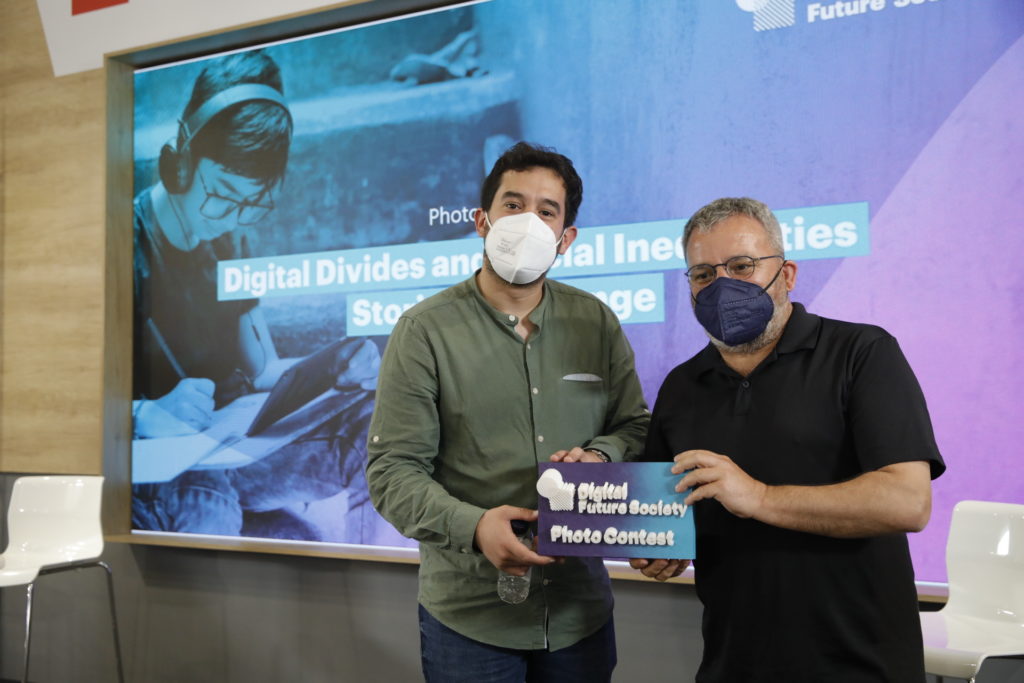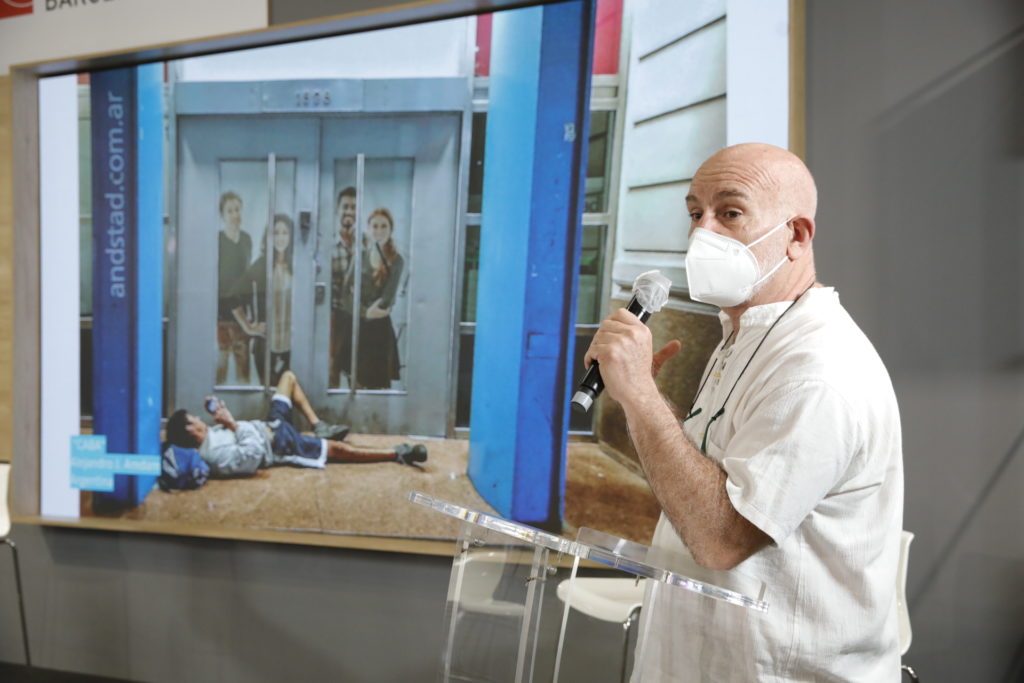Digital divide
and inequalities:
stories for change
Photography contest
Discover the winners
Meet the winners
Winners
Special Mentions
The international Call “Digital divide and inequalities: stories for change” turns into a phototography expo. This time in Malaga, as part of the Mobile Week Málaga.
It was open from the 8th to the 12th of december in the Polo de Contenidos Digitales de Málaga.
Images to face digital inequality
In the pandemic context, the digital divide has revealed a multiplicity of gaps that generate different inequalities based on geographical, social and economic factors. Given the complexity of the current scenario, it is necessary to find alternatives to mitigate the impact of these inequalities.
The initiative Digital divide and inequalities: stories for change, promoted by Digital Future Society, is launched with the objective of making visible the different problems generated by digital divides, and give voice to those affected by them. This photography contest aims to have an inclusive and integrative approach, encouraging the participation of professional photographers, artists, students and every citizen interested in the subject.
Jury
Awards – MWC Barcelona 2021
12.30h Artivism and the power of artistic languages. By Antoni Gutiérrez
12. 45h Round tables moderated by Cristina Colom
Digital divides and the public sector
Jesús Herrero
Laia Bonet
Joana Barbany
How to make digital divides more visible through art. With:
Silvia Royo
Mabel Palacín
13h Awards ceremony for the winners of the Digital Divide and inequalities: Stories for change photography contest.
Event Speakers
By 2023, LATAM will have 470 million Internet users (70% of regional population), according to Cisco Annual Internet Report (2018–2023). Middle East and Africa will have 611 million, 35% of their population.
According to The Economist Intelligence Unit, men are 21% more likely to be online than women, and in less developed countries this rate rises to 52%.
Through the hybridisation of the analogue and the digital, ARTivism (art + activism) applies the potential of art so that it can be more effective and visible in its social and political commitment.

